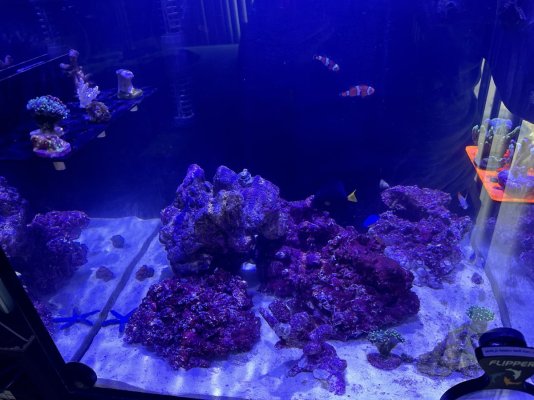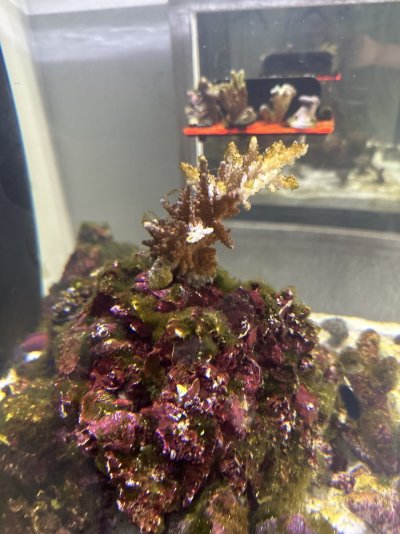But somehow people rationalize that tangs should never go in a 42 gallon tank that they are open ocean fish; but it's fine for elitist reefers to put adult tangs in 100+ gallon tanks that's OK. They're open ocean fish they need to be in at least 100 or 150 gallon tank. Kind of strange.
You're attacking "elitist reefers", who know from experience, that it's ok to keep certain tangs in tanks that are 6' long or larger? There isn't anything strange about it, over time people have realized that these fish are more healthy, and less stressed in tanks that are 6' or longer.
No one is giving you grief for buying the tang for your 42g, why bring attention to it? Unless perhaps you want the negative attention?



















